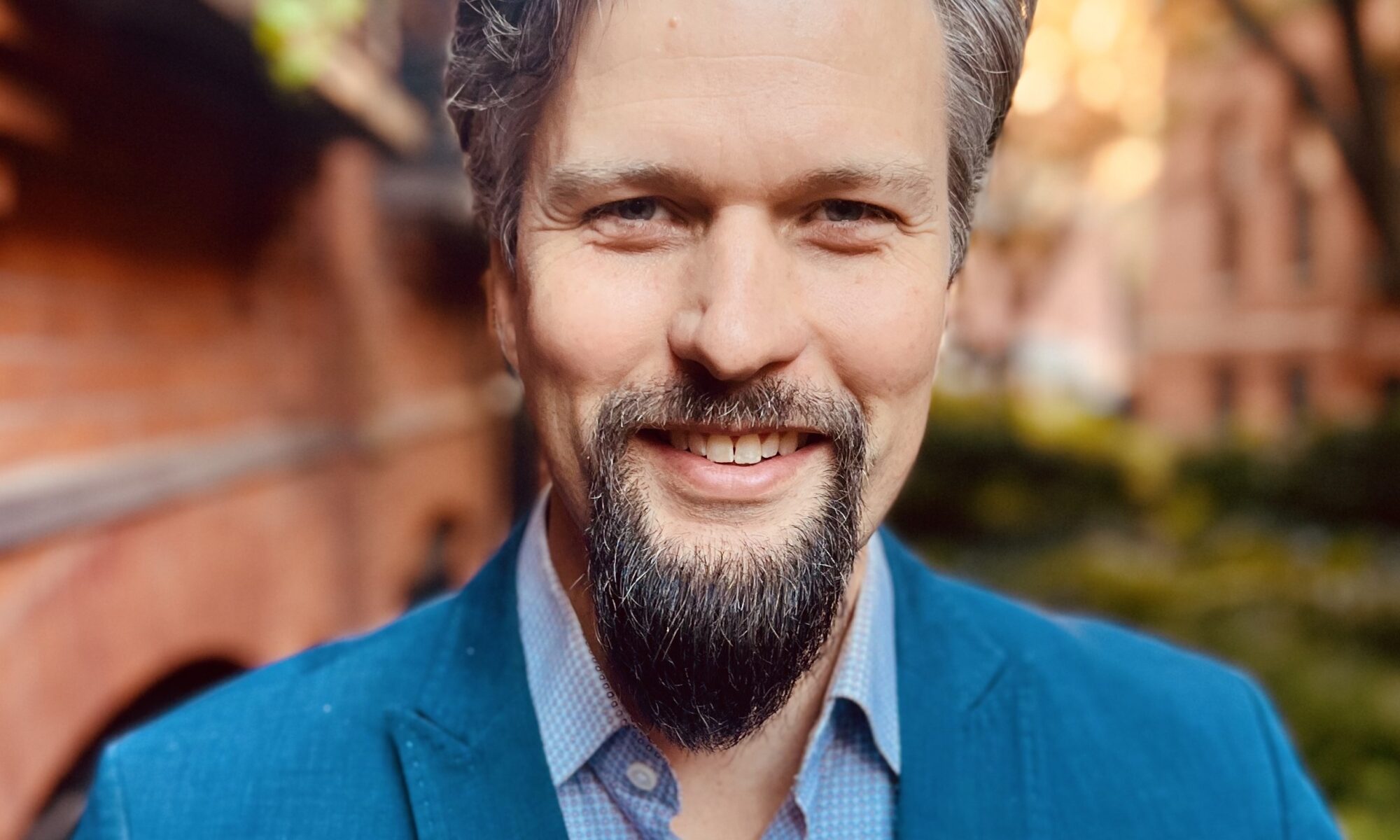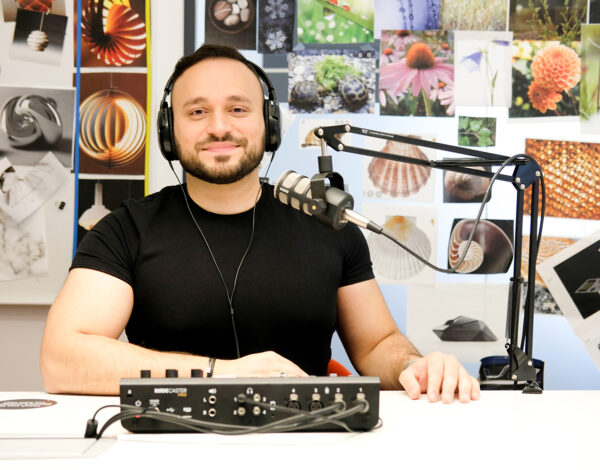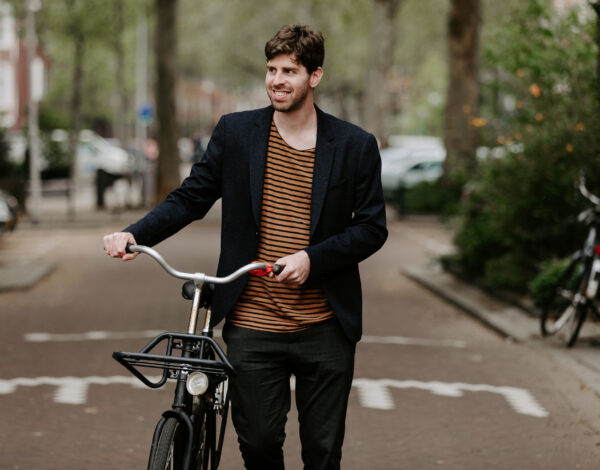Ethan Kent, Executive Director of PlacemakingX, is one of the world’s leading voices in the global placemaking movement. Over the past two decades, he has worked in more than 1,000 cities across 60 countries to advance inclusive public spaces as the heart of thriving communities. A co-founder of PlacemakingX, Ethan has been central in building regional networks, growing the movement worldwide, and shaping placemaking as a transformative force for equity, sustainability, and urban life.
In this conversation with Päivi Raivio, Ethan Kent shares his journey, insights, and lessons from favorite cities, while reflecting on how inclusive public spaces can bridge division and foster a shared future.
Tell us a little bit about your journey – how did you become a placemaker/urbanist?
I was very lucky to grow up surrounded by placemaking – my father, Fred Kent, was a key figure who, together with a community of passionate individuals, shaped the placemaking movement into what it is today. I tried to understand his work and his deep passion for public spaces and travel, and over time, I naturally grew into it myself.
From an early age, I had the opportunity to attend conferences with him. The first one I ever went to was in Venice – the first ever International Making Cities Livable conference in 1985. That experience was transformative – not only was it my first conference on these topics, but it was also the first time I was allowed to explore a city on my own, which I thought was really cool! From that moment on, I knew I wanted to continue discovering and experiencing places like these.
I’ve been fortunate to build a life around attending conferences, exploring incredible places, and helping cities create more human-centered spaces. I feel both a deep responsibility and a unique opportunity to carry forward my father’s legacy. More importantly, I’ve had the privilege of continuing to build relationships and collaborate with the remarkable people I’ve met throughout this journey.
How would you define your personal mission or viewpoint in placemaking advocacy and expertise?
I would describe my approach as more philosophical and systemic. I have always been drawn to understanding change – not just social change, but broader transformations in how we shape and experience our environments.
My father organized the first Earth Day in 1970, so I grew up surrounded by many of the founders of the environmental movement. However, urbanism and environmentalism have often been disconnected. One of my key goals is to use place as a way to bridge that gap not just between those two movements, but across many causes, disciplines, and demographics.
I see myself as a connector because I have been fortunate to grow up connected to incredible people from different fields. I am passionate about bridging divides and using public space and placemaking as tools to break down silos, foster collaboration, and drive innovation at the intersections of these movements.
You are travelling around the world – can you name a few of your favourite cities and what can we learn from them?
I’ve been fortunate to grow up and live in New York. Naturally, some of the hardest projects and most challenging work I’ve done have been here. It’s also where I’ve learned the most. Ironically, it’s also where people tend to listen to us the least – yet we try the hardest.
That said, the further I go, the more I learn. I’ve probably gained the most insight from working in Australian and New Zealand cities. Their approach is often government-led, with efforts to decentralize and devolve power to communities. In contrast, placemaking in the U.S. has traditionally been more grassroots-driven. It’s always a balancing act. Every region of the world approaches placemaking from different sectors, each offering valuable lessons and inspiration. At the same time, whoever is leading the conversation can also dominate it, sometimes limiting diverse perspectives. This is one reason why fostering a global placemaking network is so important – it helps balance the dialogue and harness innovations emerging from different strengths worldwide.
As for favorite places, I always visit public markets in any city I go to. Markets are where you truly feel the soul of a community – where people connect most naturally, and where the local culture and food are most vibrant. Some of my favorite markets are in Amsterdam, Paris, Havana, and Durban, South Africa. The best urbanism is often the most informal – whether in the less-structured corners of developed cities or in more organically evolved urban environments. In many ways, less formalized cities often have a richer, more dynamic public life than their more regulated counterparts.
To truly transform places, we must lead with place as the outcome, rather than letting disciplines dictate the process.
What is your advice for cities to leverage placemaking? What are the biggest challenges – and the greatest opportunities?
Everyone faces different challenges, yet it’s remarkable how much they have in common. One of the biggest obstacles to placemaking is how much of our public space is dedicated to cars – how do we reclaim that space? Another major challenge is the rigid silos of disciplines and departments – no one is specifically tasked with creating a place.
To overcome these barriers, we often focus on low-cost, high-impact transformations that address both car dominance and bureaucratic silos. The solution lies in lighter, quicker, cheaper activations of public spaces. These interventions not only make spaces more inviting but also reinvent participatory democracy, building demand for different disciplines without allowing any single one to dominate the shaping of the public realm. Ultimately, this approach helps reimagine governance from the ground up, making it more efficient, democratic, and impactful.
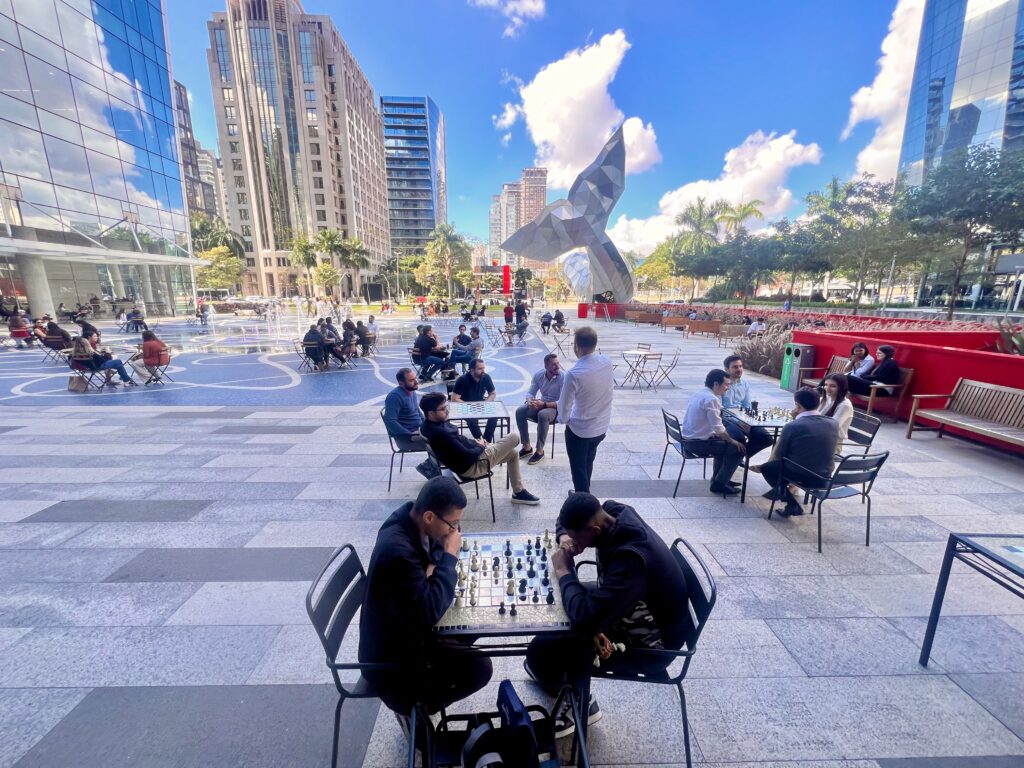
The Placemaking movement is led by an extraordinarily diverse range of industries, disciplines, ages, and sectors, and will continue to diversify. “The State of Public Space Report” by Project for Public Spaces has conducted a survey on the make up of the field of public space and placemaking practitioners. The survey shows placemakers come from very diverse backgrounds and industries. What in your view should we do, to diversify and grow our impact even more?
Great question! That diagram is both accurate and thought-provoking.
Creating great places requires more skills and disciplines than any single field can offer. Right now, many disciplines claim to be doing placemaking, but in reality, most are practicing what we call place-sensitive design – they care about place but still try to control it within their own professional frameworks. While their solutions are valuable and needed at a much greater scale, the current discipline-led approach often leads to competition rather than collaboration, preventing these solutions from being fully applied.
To truly transform places, we must lead with place as the outcome, rather than letting disciplines dictate the process. Communities should be at the center of shaping their own spaces, with designers, planners, architects, landscape architects, and artists acting as facilitators and sources of inspiration rather than sole decision-makers. When disciplines take the lead, we often see some of the worst public spaces being created.
By reframing the process, placing communities at the core, and using disciplines as supporting tools rather than drivers, we can generate more demand for expert contributions while fostering deeper, systemic change.
Looking back, we worked with a few smaller cities where we played a key role in facilitating collaboration between different disciplines. In Helsinki, we haven’t really taken on that specific role, but in smaller cities, it was fascinating to see how breaking down silos transformed the process.
I found myself acting as a bridge, helping different disciplines come together around a shared mission for better places. They recognized the value of having someone in the middle – a facilitator – to guide the process. Without that role, it often turns into one discipline pulling in one direction and another pulling in the opposite, without a real connection to the community.
The reality is that a place facilitator is often missing. No single profession is trained to do this and it’s essential for truly collaborative and community-driven placemaking.
We need to identify and support these efforts, but ultimately, we need to build the place facilitation capacity within communities themselves. There should be place managers or facilitators in every neighborhood or district, individuals who can draw on the necessary skills and expertise while staying rooted in the local context.
We also need to connect and network these facilitators. That’s what we’re working on with PlacemakingX – bringing together people who are already engaged in placemaking, often working in isolation, without realizing that there’s a global movement they can be part of. By linking them to local, national, and international networks, as well as cross-cutting groups based on specific public space types or challenges, we create a stronger, more connected ecosystem.
That’s why we’re especially excited about the Nordic Placemaking network*. Those kinds of networks are key steps in strengthening the global network and advancing the conversation in different regions.
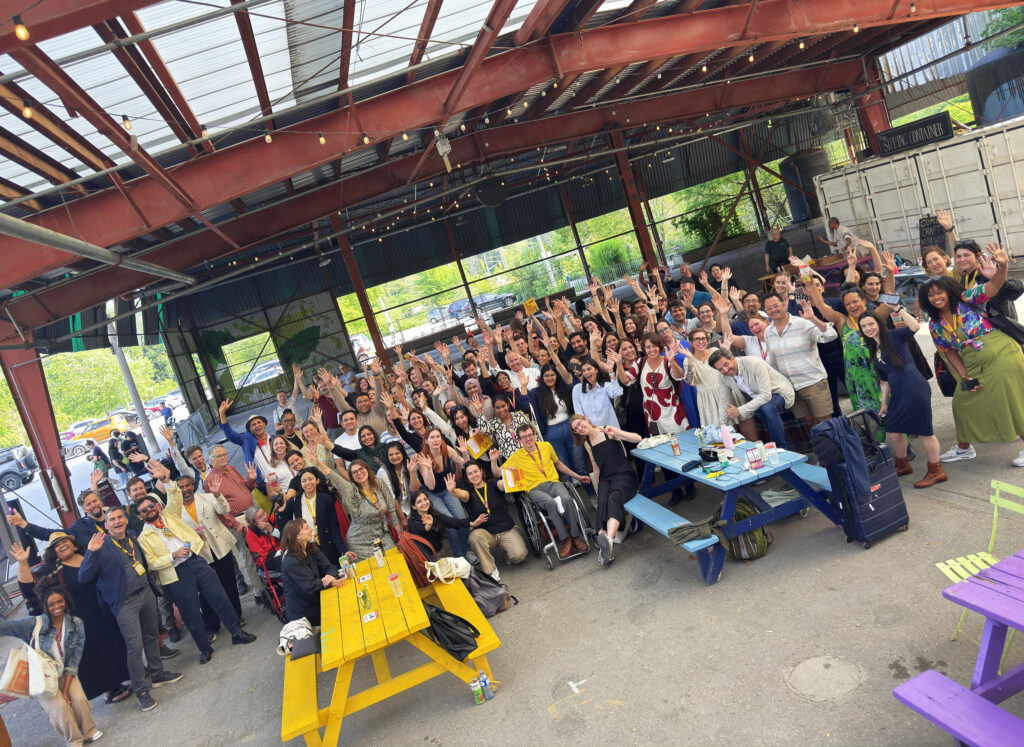
What advice would you give to cities looking to integrate more tactical actions to make their urban environments more livable? We frequently work with tactical urbanism and urban experiments, helping cities design and implement impactful interventions – so your insights are also valuable for us practitioners.
It’s really about creating a culture of experimentation, where trying things and making mistakes is part of the process. The key is facilitating others – across different sectors – to take action. If city governments can lead some of these initiatives, that’s great, but even more importantly, they should challenge and support businesses, advocates, and property owners to make small changes and collaborate.
Placemaking shouldn’t be the responsibility of just one sector. Tactical urbanism – using lighter, quicker, cheaper interventions – isn’t just about improving public spaces; it’s about fostering collaboration and reshaping governance. This includes both formal governance structures and, more importantly, informal governance, where stakeholders shift from competing to extract value from public spaces to competing to contribute.
When people see that places designed for comfort, joy, and connection – often with low-cost interventions – are thriving, they start to follow suit. The shift moves from a culture of “placetaking” to “placemaking.” Enabling this transformation, rather than doing it for them, is what ultimately drives long-term cultural change.
While congestion pricing has been very successful, there are also concerns about who benefits. Is it just wealthier individuals who now simply enjoy faster commutes while lower-income communities don’t see direct improvements. To address this, there needs to be a plan to democratise street space, widen sidewalks and create pedestrian plazas.
What is the most important topic at the moment for New York, your home city, in terms of developing it towards a greener, healthier, and more social city?
We have a local Public Space Advocates Network, which recently helped establish a Director of the Public Realm – a major step forward in coordinating public space efforts and uniting advocates. This network brings together diverse causes – from parks and transportation to street vendors and public health – allowing for collective power through shared efforts. We now have monthly calls to stay connected and strategize.
I can name three major challenges we’re currently facing. During the pandemic there were 13,000 restaurants that introduced outdoor dining, often using street space. I think this was one of the most successful placemaking programs in the city’s history – activating streets, supporting local businesses, and making urban spaces safer and more welcoming. Unfortunately, recent council decisions have killed the program, drastically reducing the amount of permits especially in the winter, and also in the summer. We are trying to get that back.
They ended it because of various concerns: rats in some areas, the temporary structures that were never intended for long-term use and now due more regulation that made participation unaffordable for many small, lower-income restaurants. It was the informality which made it possible, but the formality is now threatening the parklets and terraces that have made the city so lively. There has also been pushback from car owners over the loss of parking spaces – even though the outdoor dining setups took up less than 1% of total parking spots.
The second topic is that congestion pricing is proving successful in reducing traffic, noise, and pollution. Donald Trump is trying to kill it, which connects urban policies to politics – and locally successful policies, like congestion pricing, are under a threat. While it has been very successful, there are also concerns about who benefits. Is it just wealthier individuals who now simply enjoy faster commutes while lower-income communities don’t see direct improvements. To address this, there needs to be a plan to democratise street space, widen sidewalks and create pedestrian plazas.
The third topic, I’d say definitely the biggest topic, is how New York and cities everywhere can lead on showcasing that progressive, inclusive, dynamic culture is the way to win in the world. At a time when nationalism and isolationism are dominating the news and national policits, cities have an opportunity – and a responsibility – to demonstrate that progressive, inclusive, and dynamic cultures thrive in shared public spaces. Strong public spaces are the generators of strong local economies, local cultures and joy and happiness – the authentic power of the world. Local power is the most threatening to these cultures of fear, hate and fascism. By networking and supporting these spaces globally, we can counteract cultures of fear and division. Public spaces foster interaction beyond ideological bubbles, creating genuine human connections.
These issues are pressing not just in the U.S. but worldwide. Every country must prove that shared public spaces can bridge divides, unite communities, and serve as platforms for a more inclusive future.
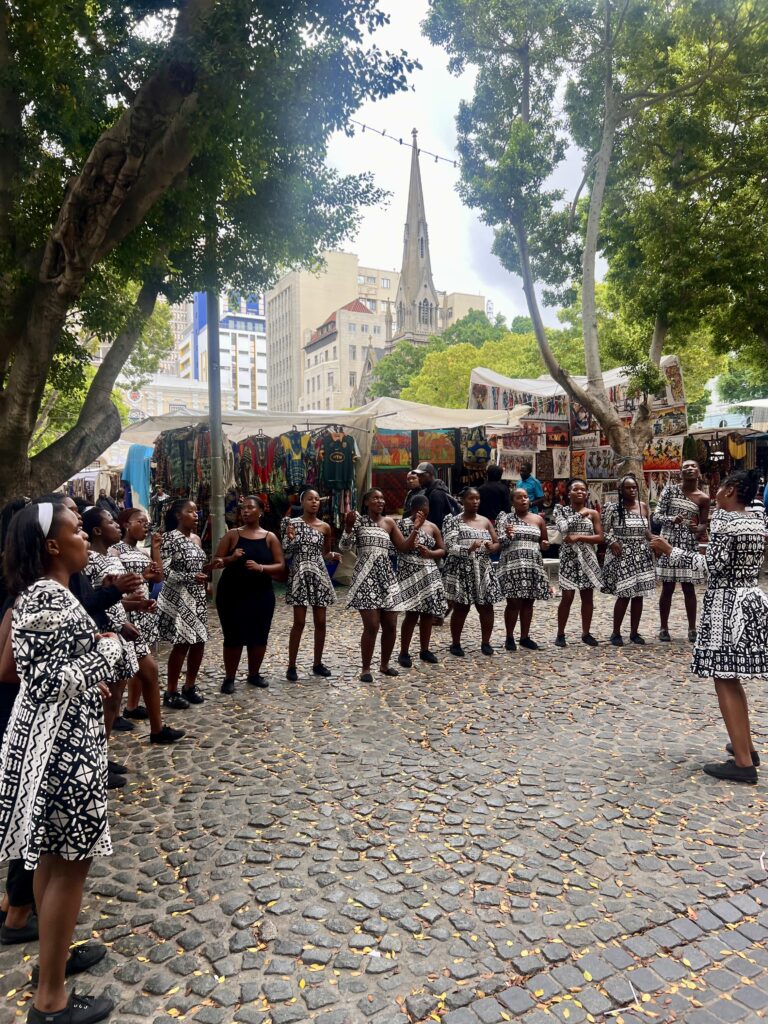
Beauty matters, but what truly makes a place beautiful is the people – their energy, connections, and presence.
Dream big! What does an ideal future city look and feel like?
I think what often gets left out of urban planning visions is that great cities are about people first. It’s not just about aesthetics or design – it’s about people, front and center. People should feel a sense of ownership, shaping the space through their interactions, culture, and daily lives. Some of the most vibrant, lively places might be ugly to a stranger’s eye, yet have local meaning and thrive because people bring them to life.
Beauty matters, but what truly makes a place beautiful is the people – their energy, connections, and presence. When design takes center stage without prioritizing human interaction, it can turn people into passive consumers of a city’s form rather than active participants in shaping its experience. Cities should act as stages for people, not just showcases of objects and architecture.
Markets are a great example – while they highlight local food, crafts, and culture, their real magic lies in human connection. It’s about the social exchange between vendors and visitors, the spontaneous conversations, and the sense of community they foster.
Ultimately, a place is more than the physical environment. It’s about creating a virtuous cycle, where people and places build each other up, generating infinite potential for connection, wisdom, and joy. Unlike traditional city-building approaches that focus on objects and structures, this human-centered perspective is not a limited resource – it continuously evolves and enriches itself. It is also the recipe for sustainability and resilience. We must maximize the positive impact of people and places working together. This approach can achieve resilience and sustainability faster and more cost-effectively than focusing solely on physical infrastructure.
Read more about Ethan’s work:
https://www.placemakingx.org/
https://www.placemakingus.org/
https://www.sociallifeproject.org/
The interview was conducted by Päivi Raivio, placemaking expert, designer and co-founder or Parkly and RaivioBumann
*Nordic Placemaking Network consists of Placemaking Finland, Sweden, Norway, Denmark and Iceland. If you are interested in joining the local networks, get in touch with us and we point you in the right direction. Placemaking Finland is coordinated by Päivi Raivio & Timo Hämäläinen.
